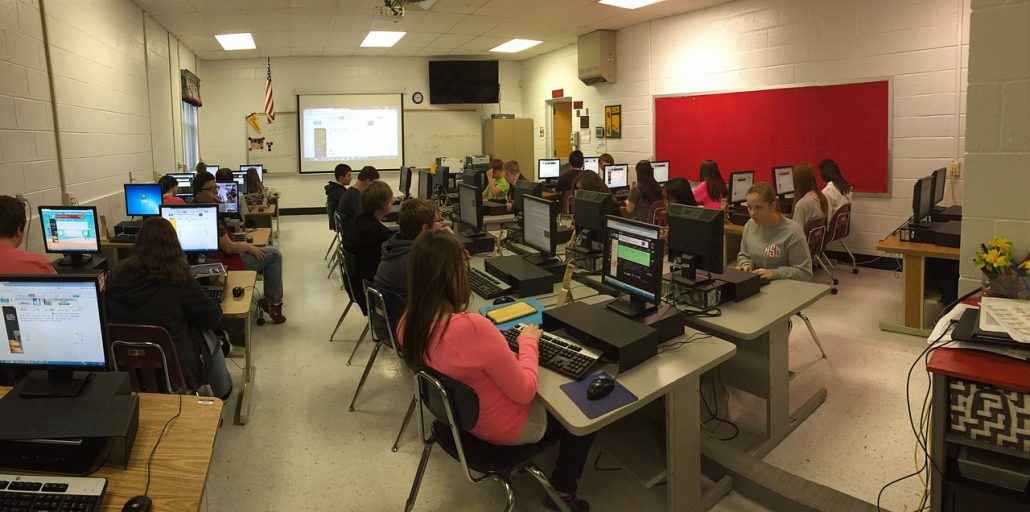Integrating Technology in the Classroom: Middle School

The use of technology is a pivotal factor in today’s classrooms. Students are expected to proficiently access, analyze, and create using digital tools, even at the middle school level. Information, apps, and tools are everywhere—it is truly unbelievable how much digital information is being presented to students in and out of the classroom. For digital instruction to be effective, however, it must be planned for and utilized with specific and deliberate purposes. Technology for technology’s sake is not beneficial to student learning. Instead, technology should be integrated as a means to engage, enrich, and extend learning objectives for students on a regular basis. So, how can this be accomplished in middle school?
By middle school, students have been introduced to plenty of educational digital forums. Middle school educators must continue to teach students how to be digitally responsible. Parents and teachers are well-aware of the fact that adolescents are connected to all things digital on a grand scale. The unavoidable truth that comes with digital technology use in classrooms is the fact that students become immediately immersed in a world with few boundaries. The impulsive and somewhat self-absorbed mindset that comes with the adolescent years also presents the issue of cyberbullying, which has become a simply newer and easier way to hurt peers. Luckily, schools have made it relatively easy for teachers to monitor what students send, copy, post, or type. In addition, technologies such as Lanschool allow teachers to monitor exactly what each student’s screen looks like, and close it out if need be. Teachers also have the option to screenshot a student’s screen in order to share a concerning incident with parents.
Managing Digital Footprints
Instructing students about their digital footprints is also important in middle school. Not only are students receiving information at rapid rates, but their own digital output is of major concern, as well. A digital footprint is composed of a person’s online actions and behavior. Middle school students must be taught that anything that we post on the web is permanent—digital footprints will never vanish. As many of us know, it is typical of adolescents to dismiss the concept of the far-off future. However, middle school is the opportune time to discuss the likelihood of severe consequences after leaving a negative digital footprint for someone else to stumble across, even years later.
Resources
Having successfully prepared middle schoolers with the knowledge of safety and security in the digital realm, teachers are then able to utilize technologies to enhance learning like never before. Free resources like instagrok.com, Padlet, Powtoons, and Adobe Spark allow students to research and create in a more interactive and creative way. Using Google classroom as the starting point for assignments and lessons incorporating technology, students are able to go out into the digital world and bring back information and material at an alarming rate. The idea of cooperative learning, student choice, technological creativity, and collaborative synthesis are all possible when using forums such as Google classroom to gather students’ ideas and creations.




